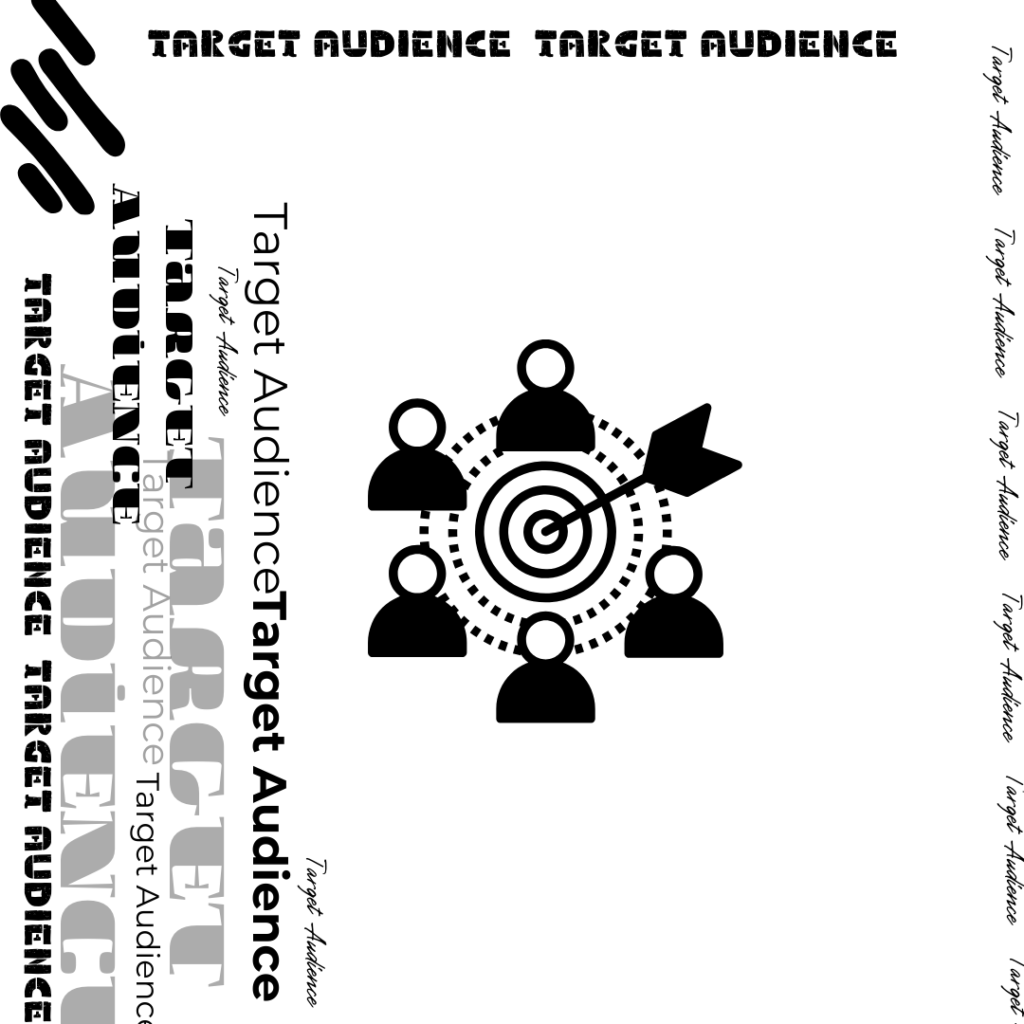
The Audience That Doesn't Buy: How to Find Your True Customer
Why Are They Watching but Not Buying?
You’ve built a brand, crafted offers, poured time into content—and yet, conversions remain stubbornly low. Why does your audience engage but not commit? Could it be that you’re speaking to the wrong people? Or perhaps you’re speaking in the wrong way to the right ones? Many brands attract attention but fail to trigger action. That paradox often stems from a misalignment between audience and offer, and even more critically, from flawed assumptions about who the real customer is. What if the very people you’ve been targeting were never your market to begin with?
Mispositioned Brands Speak the Wrong Language
Brand positioning isn’t just about where you sit in the market—it’s about who hears you when you speak. When your positioning is built on false assumptions, everything from your messaging to your visuals begins to drift off course. You may think your product is “premium,” but if your language sounds too informal or your pricing doesn’t reflect that promise, you repel the very people you want to attract. Worse, you may draw in an audience that is curious but not committed—interested, but never ready to buy. Can you truly connect with your ideal client if your brand’s voice doesn’t resonate with their worldview?
False Hypotheses Lead to Real Losses
Understanding your audience isn’t about guesswork. Yet too many businesses launch based on untested or poorly tested hypotheses about their target audience. They imagine what their ideal client looks like based on trends, competitors, or even personal bias. But an audience defined by fantasy will never convert in reality. If you’re getting likes but no sales, you must ask: are these people truly in need of what I offer? Or are they simply curious bystanders? Market research, customer interviews, and live feedback loops aren’t optional—they’re essential. Otherwise, how do you distinguish a follower from a future buyer?
Correction Begins With Listening
The way forward lies not in louder messaging, but in sharper listening. If your audience isn’t buying, you must dig into the why. What are their objections? What language do they use to describe their problem? What solutions have they already tried—and why didn’t they work? Correcting courses requires more than changing colors or rewriting copy. It means redefining the customer based on data, not desire, and realigning every touchpoint to speak directly to that person’s emotional and rational needs. Isn’t it wiser to pivot early than to scale something broken?
From Attraction to Conversion: Finding the One Who’s Ready
The goal isn’t to attract everyone—it’s to resonate deeply with the one who is ready to pay, stay, and refer. When you define your true audience, you stop wasting resources chasing people who were never meant to convert. You build clarity. You create connections. You reduce friction in the sales process. And most importantly, you create a brand that not only gets attention—but drives action. Could it be that your best client isn’t a new audience… but one you’ve been overlooking all along?
